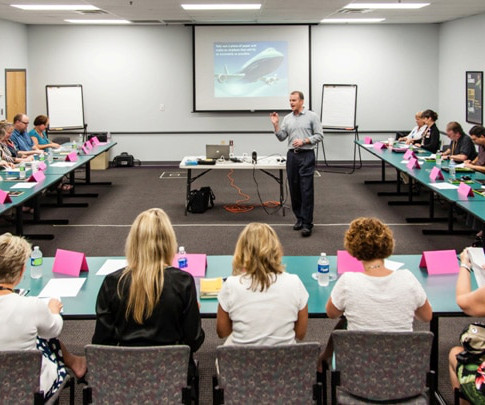Creating Roadmaps for Success: How to Design and Run a Strategic Planning Offsite
Leapfrogging
APRIL 4, 2024
They serve as a catalyst for change, a forum for problem-solving, and a way to foster team unity. Engaging in this practice equips you with a clearer understanding of where your organization stands and where it needs to go, helping to navigate through competitive and rapidly changing markets.















Let's personalize your content